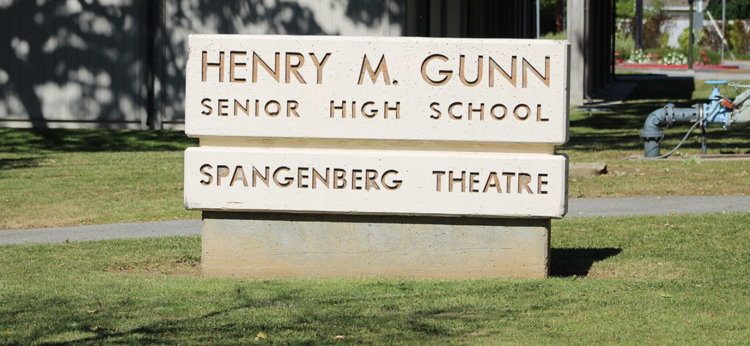
By Steve Sailer
11/17/2015
For the second time in a decade, there’s a wave of suicides rippling through Gunn High School, a highly competitive public school in Palo Alto, CA that sends about 20 students per year to Stanford next door. (The cheapest 3 bedroom house in Palo Alto listed on Zillow is $1.66 million.) Hanna Rosin writes in The Atlantic:
Andrew was broaching a very touchy subject, one that had come up more rudely in comments on Palo Alto Online. Heavy stress among “good kids” was the product of “a nasty competitive atmosphere contrived by unethical Tiger Mothers,” one commenter wrote. At the end of some of my conversations, a student, teacher, or counselor would look around to make sure no one was listening and then whisper a story about an Asian kid being punished or even kicked out of the house for a night after getting a B or failing to get into Stanford. I’d heard how new East Asian immigrant parents mistakenly transposed the reality of education in, say, China or Korea, which is that how you do on a single test can determine your entire future. Gunn is more than 40 percent AsianGunn H.S. is 44% Asian, 42% white.
, and some non-Asian parents, particularly ones who’d grown up in town when the Asian population was smaller, felt the shift was poisoning the culture of the entire school.Doesn’t sound like a ringing endorsement of the culture that Gunn’s Asian plurality have brought …By late March, 42 Gunn students had been hospitalized or treated for suicidal thoughts.
But how much does Andrew Lu’s diagram explain? In the 2009–10 suicide cluster, most of the high-school kids who’d killed themselves were not Asian. In Suniya Luthar’s view, the resentment over Asian parents’ effect on Gunn’s culture was something to be aired and discussed. After all, she said, it was true that some Asian kids did face intense pressure from their parents, on top of a cultural stigma against seeking help for mental-health issues. But it was also true that non-Asians were too quick to deflect scrutiny away from themselves. Luthar’s research documenting problems among affluent kids was conducted in schools with largely white populations. And two weeks after Byron Zhu died, it was a member of a different student demographic — white, female — who, in an op?ed for Palo Alto Online, wrote an unforgettable lament over what the headline called “The Sorrows of Young Palo Altans.”
“A piece of you cringes when you hear that your friend has been preparing for the SAT with classes since last summer, and that they’re already scoring a 2000,” wrote Carolyn Walworth, who was then a junior and Paly’s student representative to the school board. She continued:
“(And what about … the girl taking a summer immersion program to skip ahead and get into AP French her sophomore year? And that internship your best friend has with a Stanford professor?) You can’t help but slip into the system of competitive insanity … We are not teenagers. We are lifeless bodies in a system that breeds competition, hatred, and discourages teamwork and genuine learning. We lack sincere passion. We are sick … Why is that not getting through to this community? Why does this insanity that is our school district continue?”
From my review of Amy Chua’s Battle Hymn of the Tiger Mother in VDARE in 2011:
Chua’s ancestors were from southeastern China’s Fujian province “which is famous for producing scholars and scientists.” Traditionally, Fujianese led in the mandarin civil service exams and today in China’s college admission test. …Chua’s rich family comes from a poor world where there’s room for only a few at the top to live well. They do what it takes to stay on top. She has inherited these worries:
“One of my greatest fears is family decline. There’s an old Chinese saying that ‘prosperity can never last for three generations.’”
Of course, 19th Century Americans had a similar saying a century ago: From shirtsleeves to shirtsleeves in three generations.
Yet this American version never had quite such a Malthusian ring to it. If a 19th Century American family fell out of riches, they weren’t in danger of Oriental poverty. They were still a 19th Century American family — with a giant new country to try their luck in.
Why has life in America generally been less stressed-out than in other parts of the world?
America has traditionally been a lot nicer place than China or the Philippines. We Americans like to dream up self-congratulatory reasons for this. Some of them might even be true. But a big reason is simply that America is less crowded — and thus less competitive.
Back in 1751, the highest achiever of all Americans, Benjamin Franklin, explained the greater happiness of life in America: because a middle-class life is more affordable for the average person in empty America than elsewhere.
Unfortunately, our elites have been working to erase that distinction.
This is a content archive of VDARE.com, which Letitia James forced off of the Internet using lawfare.